Internet of things (IOT) Connected Devices
The word “connected devices” typically evokes pictures and instances of cellphones and fitness trackers for the majority of people, however the Internet of Things (IoT) is extending this category to encompass a lot more. The Internet of Things (IoT) “smart” revolution is poised to link anything you can think of, including some “things” you might not have considered, from flip flops to garbage cans to toasters.
Smart TVs, smart speakers, linked controls for thermostats, security systems for homes, domestic robots, smart lamps, efficiency monitors, connected appliances, connected door locks, and connected auto gadgets will be the top 10 IoT consumer products, excluding smartphones, in 2023.
Our offline environment will increasingly become online thanks to the deployment of 5G networks and developments in machine learning (ML) and artificial intelligence (AI). The most popular IoT gadgets now are providing us a peek of what lies ahead, and the future seems to be more linked than ever.
What IoT products are now the most in demand?
Nowadays, there are more online-connected things than there are humans. Consider it for a moment.
GSMA Intelligence predicts that by 2022, there will be 8.7 billion connected consumer IoT devices, easily exceeding the most recent projections of the world’s population. The average American household today has 22 connected gadgets.
When internet pioneer John Romkey constructed a toaster called the Sunbeam Deluxe Automatic Radiant Control in 1990 that could be turned on and off using a TCP/IP network, he unintentionally produced one of the first objects for the Internet of Things (IoT).
Popular IoT gadgets now available in a variety of sizes and styles as of 2023. Everything is built with the ability to interact and share data via the Internet, including light bulbs, gaming consoles, kitchen appliances, and the automobiles we drive.
The second-largest industrial category in terms of size was consumer IoT, with discrete manufacturing investment coming in first. The majority of consumer IoT spending was on linked car infotainment, personal wellness, and smart homes.
Globally, the consumer IoT industry is still quite fragmented, with leading players in several segments. Using particular IoT device examples, Apple dominates the wristwatch market, while Google and Amazon have the best-selling home automation products.
New inventions appear often as both established global companies and specialised start-ups work to develop clever and practical applications. For instance, the global leader in beauty and cosmetics L’Oréal recently unveiled a hairbrush that connects to the internet, assesses your hair condition as you brush it, and suggests products based on that analysis.
The remainder of this article delves further into the many Internet of Things (IoT) device and technology categories that are most significantly transforming our lives. We specifically focus on examples from the smartwatch, smart TV, smart thermostat, smart glasses, smart lock, smart light bulb, linked automotive gadgets, and smart doorbell categories of IoT products.
Smartwatches
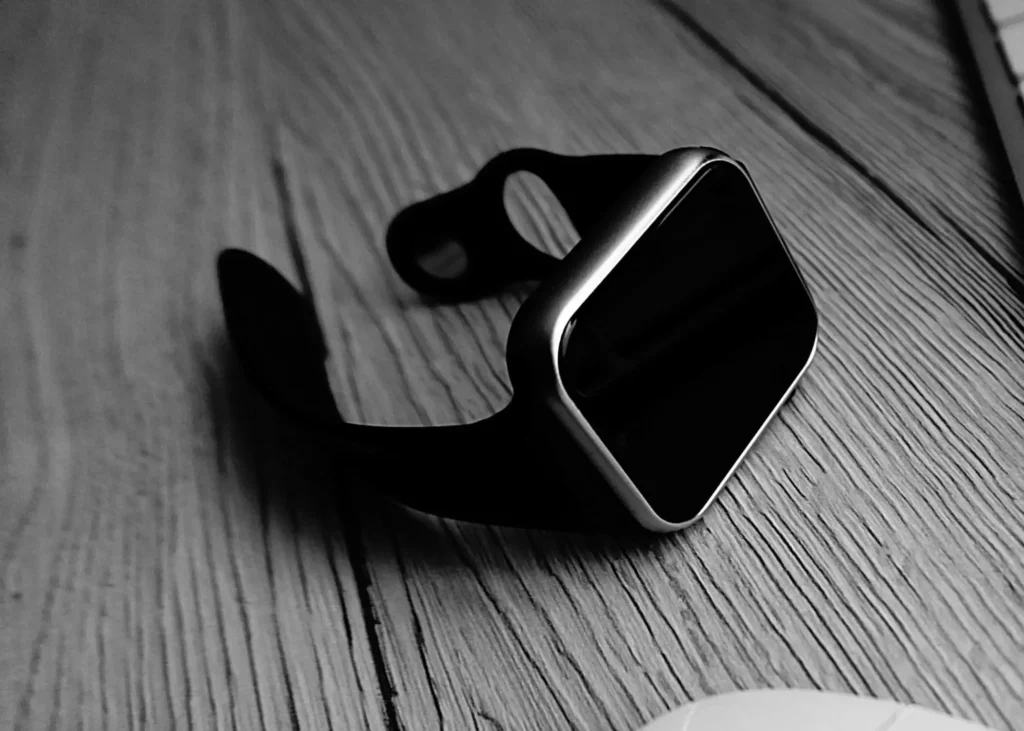
Photo: dgtlinfra
The smartwatch, a pioneer in the wearables market, is an illustration of one of the most revolutionary IoT gadgets since the smartphone.
With these “IoT on your wrist” gadgets, you can perform many of your necessary smartphone functions while on the move. You can handle emails, review reports, pay for interactions, find out who contacted or messaged you, and even unlock your automobile.
The record-breaking sales of smartwatches are being driven by the increased popularity of wearables, particularly in monitoring and recording fitness and wellness data. Statista estimates that 173 million smartwatches will be supplied globally in 2022, with the market’s sales reaching $43.4 billion.
In terms of overall shipments, North America continues to be the region with the largest smartwatch market, while Apple is the top brand with a 36% global market share.
Series 8 Apple Watch
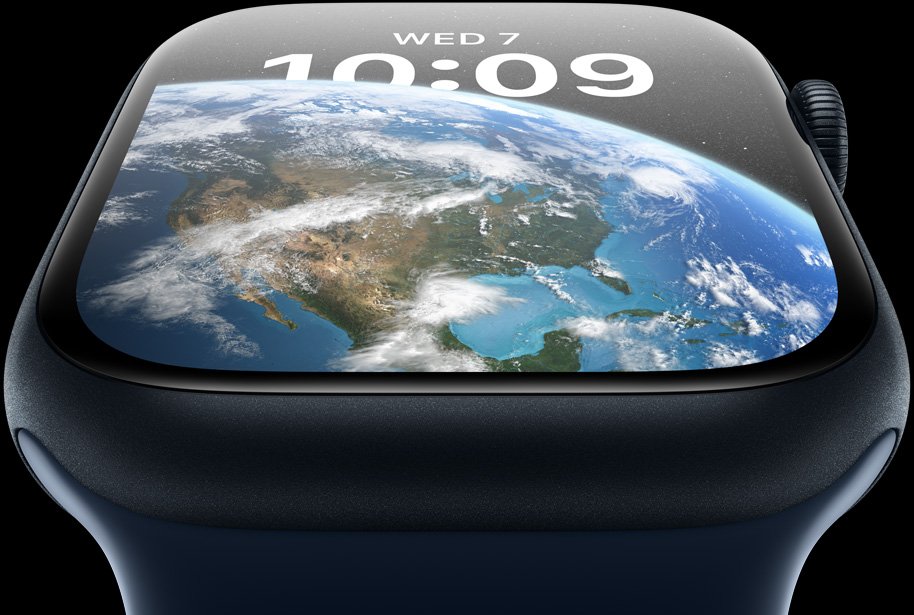
Photo: Apple
Tim Cook, the CEO of Apple, stated in 2014 that the wrist is “an area of great interest for Apple,” and since then, the business has had a strong position in the smartwatch market with its Apple Watch product.
A built-in sensor allows the Apple Watch Series 8 to detect your skin temperature, record your blood oxygen saturation levels, and take an electrocardiogram (ECG) of your heart anywhere, anytime.
Additionally, this IoT gadget can monitor your individual training sessions and link to Apple’s training app, which allows you to record your various sleep cycles.
The Apple Watch is increasingly being used to control other smart home appliances, making it an Internet of Things (IoT) facilitator. The pre-loaded applications on this wristwatch help to significantly minimise the amount of times you have to take your phone out of your pocket.
Digital TVs

Photo: Vecislavas Popa
A smart TV may be seen as less of a traditional television and more of an entertainment-focused internet-connected display device.
Hardware for supporting several data connection types, including Wi-Fi, Ethernet, Bluetooth connectivity, and USB standards, is installed in smart TVs. You may connect to streaming video providers like YouTube, Netflix, and Amazon Prime Video using their own TV operating system and applications. Smart TVs may wirelessly connect to any input device, including a smartphone, tablet, and keyboard.
Grand View Research estimates that the worldwide smart TV market will reach a value of $197.8 billion in 2022 and expand at a CAGR of 10.9% through 2030. However, according to Omdia’s TV Design & Functionality Tracker research, 189 million sales of smart TVs were observed globally in 2021.
The top smart TV brands in the United States in 2023 are Hisense, Insignia, LG, Samsung, Sony, TCL, and Vizio.
Smart Monitor M8 from Samsung

Photo: news.samsung
A smart TV that both functions as a computer monitor and an IoT administration tool is the Samsung Smart Monitor M8. With business programs like Office 365 and an integrated IoT Hub, this smart TV allows you to access various Internet of Things (IoT) devices on your network right from the screen, enabling PC-less working.
By way of illustration, the IoT Hub function on Samsung’s Smart Monitor M8 can connect through Wi-Fi to control items like lighting fixtures, change the temperature of an air conditioner, and play movies using Amazon’s Alexa AI assistant technology.
Digital Thermostats
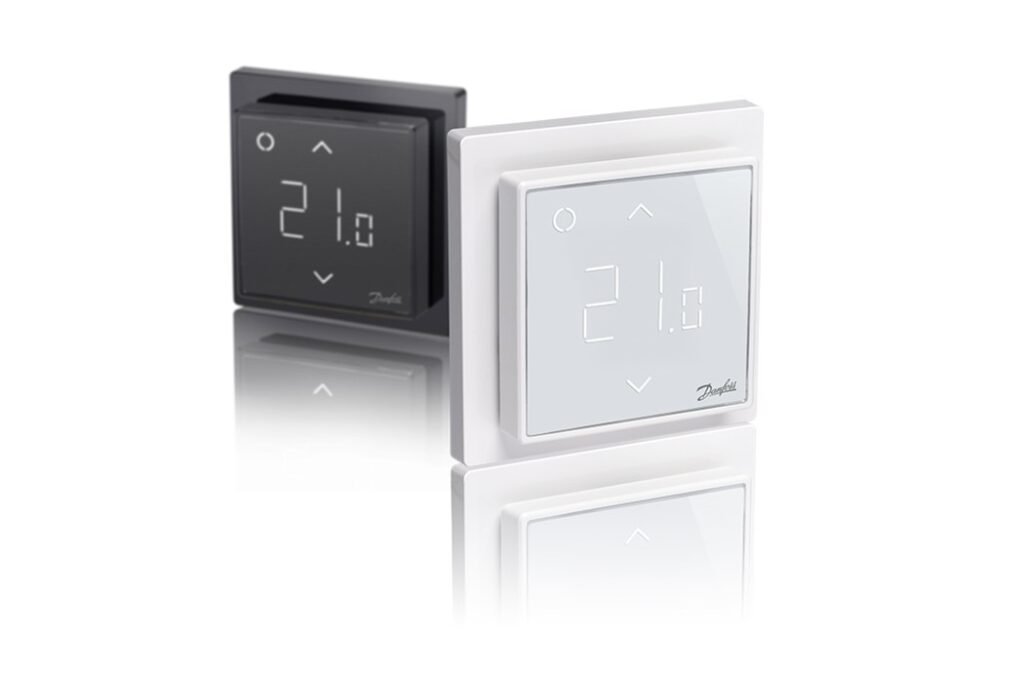
Photo: Danfoss
Given how easily it can integrate into a person’s life, the smart thermostat is one of the most intriguing smart home technologies of the last ten years.
It’s important to note that these gadgets offer far more than just smartphone-based home temperature management. The best smart thermostats now on the market can figure out your routine, turn themselves down while no one is home, and make sure that the temperature is set exactly right for when you get home again. Additionally, these Internet of Things (IoT) gadgets provide all of these features while using less energy.
Voice commands may be used to manage smart thermostats, which are available in a number of styles to match the interior decor of a house.
Given this context, the market size for smart thermostats, which was $2.5 billion in 2021, is not unexpected. Additionally, according to Statista, 17% of American households have a linked thermostat.
Nest Learning Thermostat by Google

Photo: Google
There is no need to program the Google Nest Learning Thermostat. This Internet of Things (IoT) device does in fact learn your preferred heating and cooling settings and automatically generate a schedule that optimises energy usage.
The gadget offers improved compatibility with your current heating, ventilation, and air conditioning (HVAC) system and comes with a display that only illuminates when a person is near 3 feet (about 1 metre) of it.
Premium Ecobee Smart Thermostat
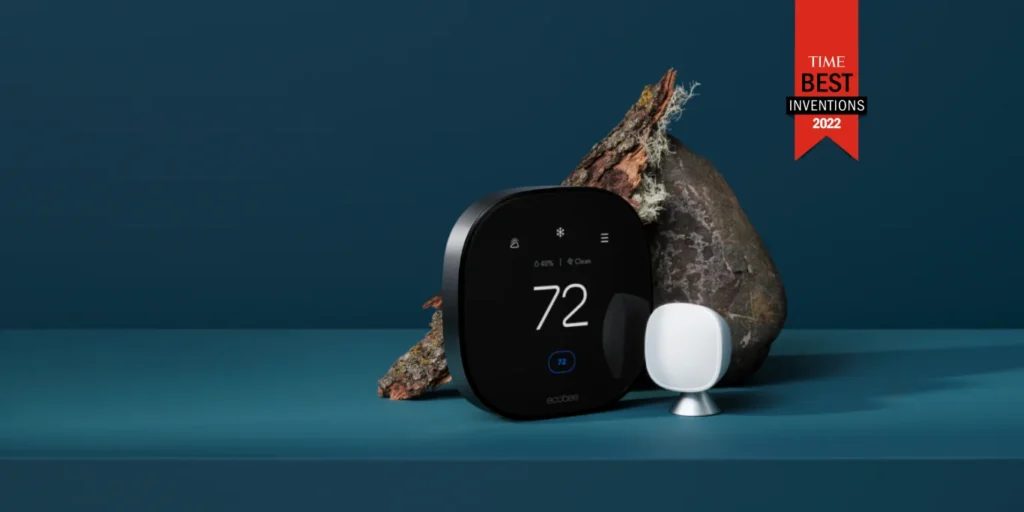
Photo: Ecobee
The Ecobee Smart Thermostat Premium can change your heating and cooling as well as play music, provide a weather forecast, check your air quality, and operate your living room’s smart lighting. Additionally, the gadget’s built-in smart speaker is Siri and Alexa compatible.
The Ecobee Smart Thermostat Premium may connect to up to 32 external sensors in total.
Smart Eyewear
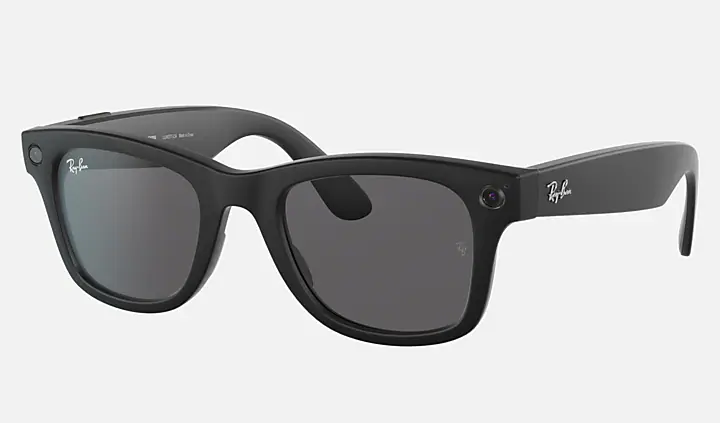
Photo: Ray-Ban
Smart glasses have successfully transitioned from the world of science fiction to a solidly established reality after a long period of research. It’s true that development has been sluggish considering that Google Glass, a pioneering attempt to establish the product category, was unpopularly introduced more than ten years ago.
However, the newest smart glasses from companies like Ray-Ban, Amazon, and Bose may revolutionise the market.
Smart glasses perform the same functions as regular glasses, but they also include built-in audio features for listening to music or placing calls. Additionally, some of these smart glasses come with cameras that let you record images and movies directly from your perspective.
While still in its infancy, smart glasses are especially beneficial for folks with impairments who have trouble using cellphones, in particular.
Global sales of smart glasses are expected to total $5.0 billion in 2022, with conservative estimates predicting the category will increase to $8.2 billion by 2027, or a compound annual growth rate (CAGR) of 10.4%.
Smart Glasses by Ray-Ban

Photo: Ray-Ban
A device that you wear on your face better be fashionable as well.
You may choose from a variety of vintage Ray-Ban designs for sunglasses and spectacles with the Ray-Ban Stories Smart Glasses, which also have the ability to shoot films, stream music, and answer calls while you are out and about. While Facebook’s parent business, Meta Platforms, powers many of the smart glasses’ Internet of Things features, Ray-Ban provides the form factor.
The Ray-Ban Stories Smart Glasses are equipped with twin 5-megapixel cameras that can record low-quality video (1184 x 1184 pixels at 30 frames per second) and high-resolution images up to 2592 x 1944 pixels.
The Ray-Ban Stories Smart Glasses are a linked gadget thanks to Bluetooth and the Facebook View app, allowing media from the smart spectacles to be transferred to other devices like a smartphone. The smart glasses will momentarily be connected to their internal Wi-Fi network as necessary, such as when importing data or updating software, which both call for a quick connection to download.
Digital locks
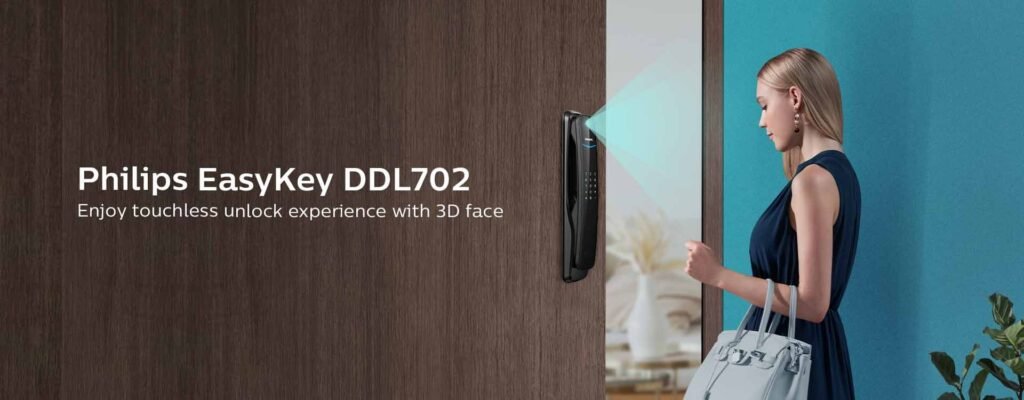
Photo: conex
Think about it. Early in the morning, as you are leaving for work, you unexpectedly forget to lock the front door. Or perhaps you have been running late and have company coming over. Perhaps you are supposed to receive a crucial shipment, but you are unable to do so.
All of these circumstances may be resolved by the smart lock. Smart locks will alter the way you use door locks, despite the fact that they do not significantly improve upon the deadbolt’s mechanical mechanism.
Your current door lock may be replaced or retrofitted with a smart lock. These Internet of Things (IoT) gadgets, which include motorised locking mechanisms and built-in connection, enable you to remotely lock and unlock your front door via an app and can combine with other smart home safety systems.
Smart locks are used more widely than you may imagine. Nearly 9 million American houses, according to new data from Parks Associates, have at least one digital lock.
Wi-Fi Smart Lock from August

Photo: august
The August Wi-Fi Smart Lock is a fascinating item that promises to quickly improve your current lock. This Internet of Things (IoT) gadget includes built-in Wi-Fi, supports remote management from your smartphone, and is compatible with Siri and Alexa virtual assistants. Other helpful features of the gadget include limitless user access and a history of every activity made on your front door.
Smart Lighting
Smart lights are a simple place to start if you want to make your house a little bit smarter.
These Internet of Things (IoT) gadgets are reasonably priced and as simple to install as normal LED light bulbs. Using mobile device or voice assistant technology, smart light bulbs provide you the power to adjust brightness, create timers, and alter the strength and colours.
The U.S. home adoption of smart lighting is projected to be 16.9% in 2022, and is expected to reach 47.3 million users by 2026, or 35.0% of all households.
The top smart bulb brands now available in the United States include Nooie, IKEA, Philips Hue, Sengled, Cync, and Wyze. Most of these smart light bulbs have modest starting prices of less than $15 per bulb, which is significant for consumer acceptance.
White and Colour Ambiance from Philips
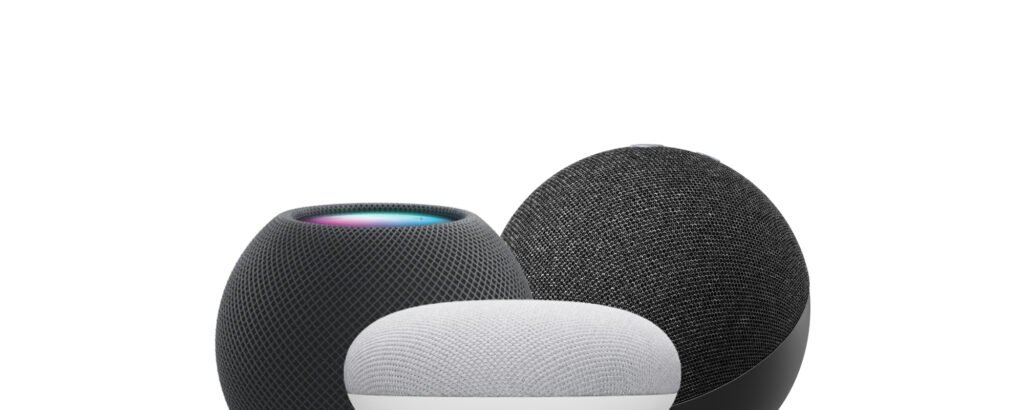
Photo: philips-hue
The Philips Hue White and Colour Ambiance smart lights are a fantastic option for anybody wishing to create vivid themes for the holidays or for a house party.
Three or four bulbs and a Hue Bridge hub are included with this Internet of Things gadget, allowing you to connect and manage up to 50 lights and accessories using your phone or voice assistant. The Hue Bridge specifically uses an Ethernet connection to link to your Wi-Fi router and utilises the 2400-2483.5 MHz frequency range for wireless communication.
With the Hue Bridge, you can utilise scheduling, a variety of hues and brightness levels, pre-set settings, and remote control to manage Philips smart light bulbs.
Devices for Connected Cars
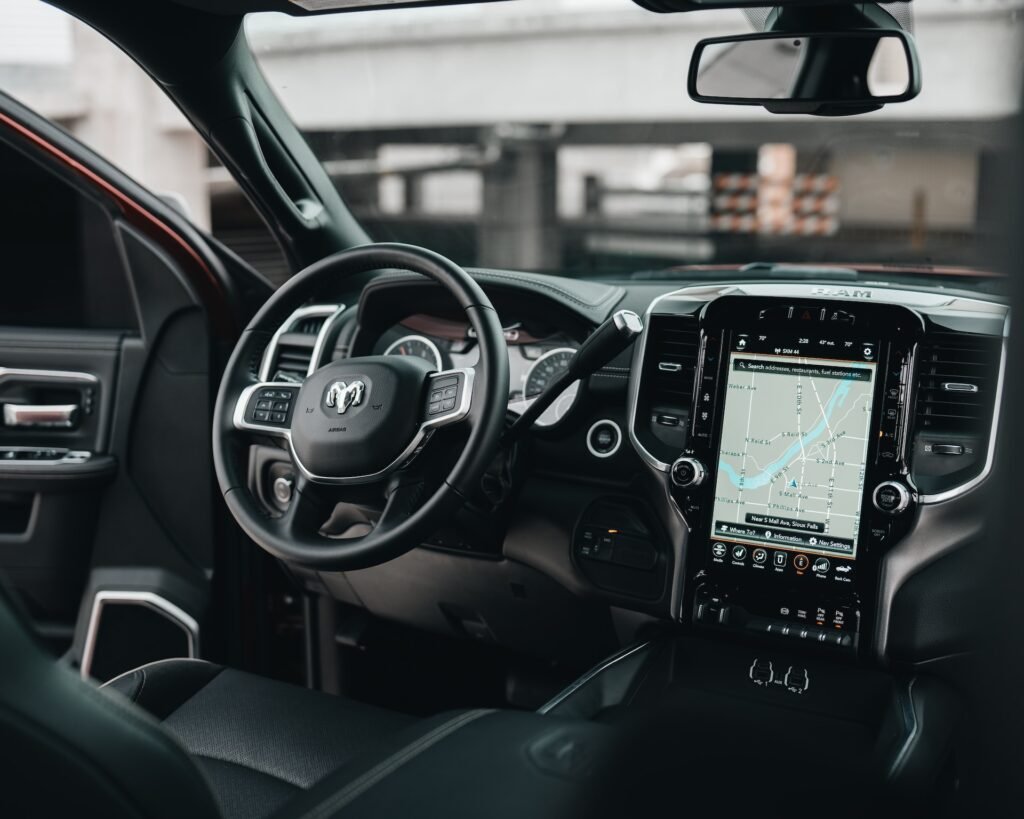
Photo: Brock Wegner
A connected automobile is a vehicle that has many networks, including the Internet, 4G/LTE, and 5G networks, that it can use to communicate with equipment both inside and outside the car.
Nowadays, smartphone connection is simply one aspect of connected automobile technology. There are basic tire pressure tracking systems that provide you with data visualisation through high-resolution screens as well as complex driver-assistance systems (ADAS) that eliminate human error by giving semi-autonomous vehicle operation.
Given the sport’s penchant for innovation, it is not surprising that the first linked automobile may be seen in Formula 1 from 1980. While General Motors’ Cadillac Eldorado, which debuted in 1996, was the first commercially available linked vehicle.
More recently, 37% of respondents in a 2020 McKinsey study claimed they would switch automobile brands to get improved connection options. Indeed, information like this explains the industry’s growth predictions, which predict that by 2025 there will be 470 million autonomous vehicles on the road worldwide.
Digital doorbells
Regardless of whether you are on the inside or outside of your door, the smart doorbell sensor allows you to see clearly who is at the door.
The majority of customers believe that doorbell cameras offer excellent value for the money and are an affordable solution to increase the security of their homes. A recent study found that despite only recently entering the market, one in four smart homes had video doorbells, placing them in the fourth popular classification of smart house IoT devices.
Essential Wired Video Doorbell from Arlo
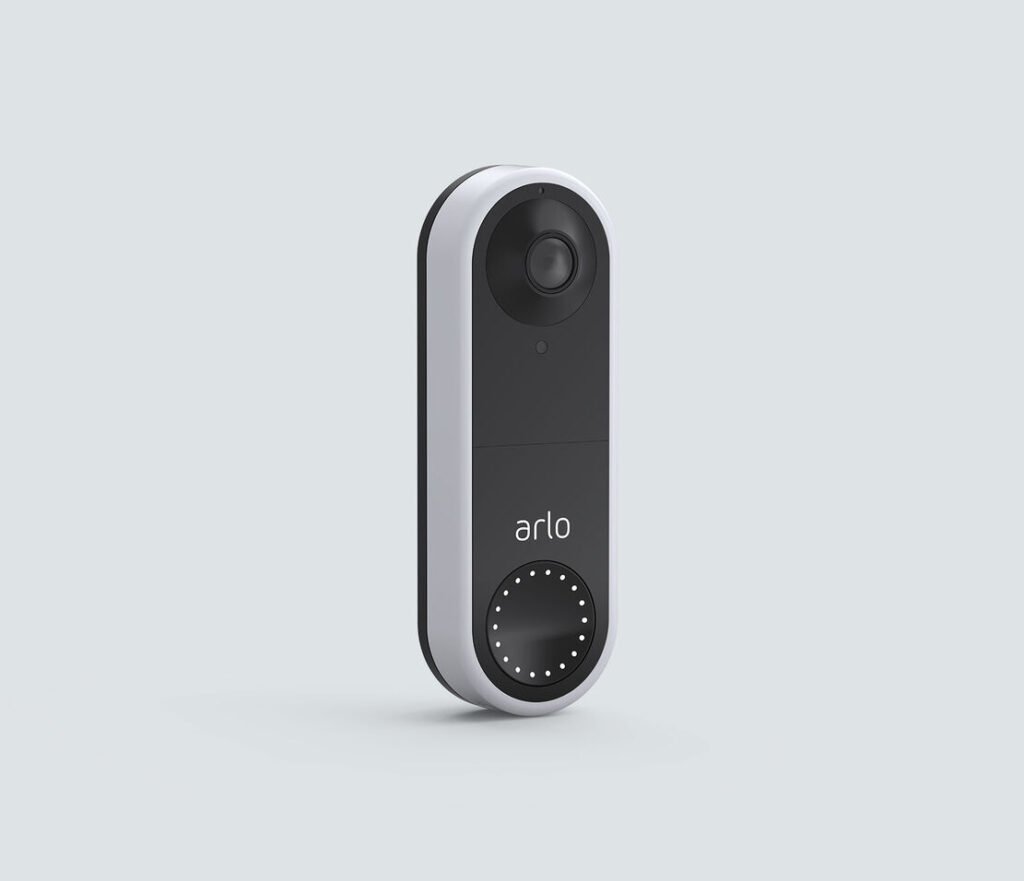
Photo: Arlo
The Arlo Essential Wired Video Doorbell is popular among consumers for a number of reasons, including its ability to minimise false alarms. This Internet of Things (IoT) gadget excels at telling people and animals apart from deliveries.
The Arlo Essential Wired Video Doorbell also records recordings for up to five minutes, is simple to install, and provides a 180-degree view of your front porch.
Additional Illustrations of IoT (Internet of Things) Smart Devices
The Internet of Things (IoT) already has a far wider scope than the conventional examples of electrical and electronic equipment.
IoT-enabled shoes, IoT-enabled garbage cans, smart mattresses, and even linked smart toilets are some of the strangest and most bizarre IoT gadgets. Pet-focused gadgets and robotic home appliances like vacuum cleaners are additional instances of IoT technology that is becoming more widely employed.
In addition, the Industrial Internet of Things (IIoT) is connecting networks, computers, and sensors in industrial settings to gather data that is used to monitor, regulate, and enhance operations. This category of IoT devices includes examples from a variety of industries, such as manufacturing (particularly the automotive and aviation industries) and massive amounts or capital-intensive businesses like retail and agricultural
































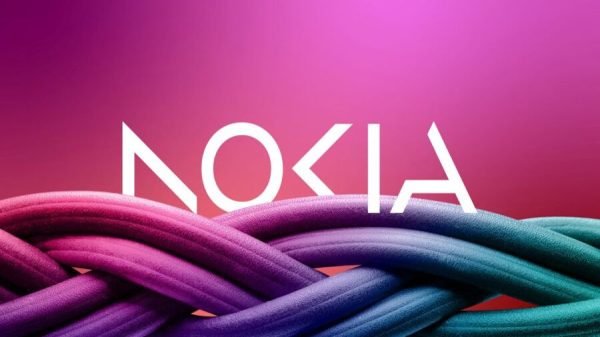



Comment Template